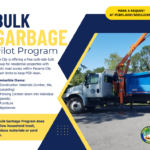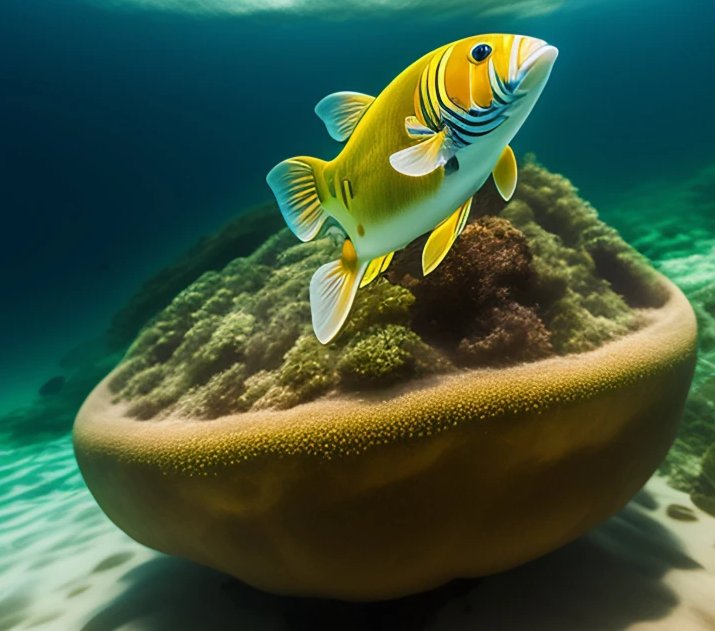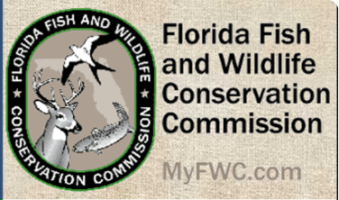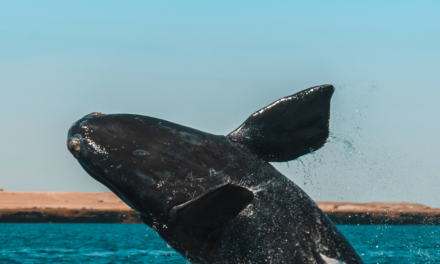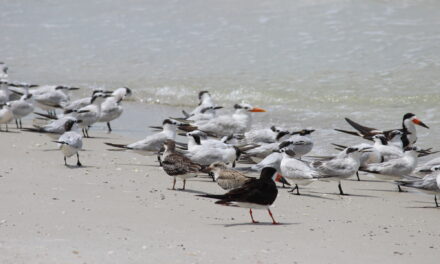
FWC Biologists Identify Thermal Refuge Habitat
FWC biologists identify thermal refuge habitat to improve striped bass populations in Florida
In Florida, adult striped bass must find areas of cool water, referred to as thermal refuges, to survive the warmer summer months. These thermal refuges typically take the form of creeks or springs that flow into mainstem rivers and lakes. From February 2023 to March 2023, the Florida Fish and Wildlife Conservation Commission’s (FWC) freshwater fisheries biologists collected and tagged adult striped bass in Lake Talquin with radio tags so they could be tracked throughout the summer to identify critical thermal refuges.
Lake Talquin and the tailrace below the Jackson Bluff Dam provide habitat for a popular striped bass fishery in the Florida Panhandle. The system also serves as the primary location to collect adult striped bass each year to be spawned by state and federal hatcheries in Florida, Georgia and Alabama participating in Gulf striped bass restoration efforts. In recent years, larger striped bass required for spawning purposes have become increasingly rare during spawning stock collection efforts. Currently, this system offers marginal summertime habitat for adult striped bass, and high levels of natural mortality during the summer months are likely contributing to the reduction of larger and older fish.
“We track fish using radio tags and follow their movements every week,” said Stephen Stang, freshwater fisheries biologist with FWC’s Division of Freshwater Fisheries Management.“Once we locate a fish, we drop a temperature probe in the water to determine the temperature of their habitat and monitor their survival in a particular area. Where we locate these fish in the summer, the water temperature is typically 10-15 degrees cooler than the main part of the lake. We let the fish guide us to the most optimal areas like a ‘cool-seeking missile.’”
This project aims to locate important thermal refuges in Lake Talquin and evaluate if any of these areas would benefit from habitat restoration efforts. Conserving and potentially enhancing the flows of creeks and springs that adult striped bass rely on could improve survival, resulting in more adult fish in the population for both anglers and hatchery programs participating in Gulf striped bass restoration efforts. Without the striped bass population in Lake Talquin and the lower Ochlockonee River, obtaining a reliable source of hatchery fish would become increasingly challenging.
FWC’s freshwater fisheries biologists have identified several thermal refuge areas that were previously unknown prior to this project and they will continue to monitor the striped bass population in Lake Talquin and the lower Ochlockonee River to conserve this species and its critical habitat.
For general waterbody information, fishing forecasts, virtual tours, plant control operation schedules and annual work plans, boat ramp information, and more, visit the “What’s Happening on My Lake” website at MyFWC.com/Lakes.
To learn more about FWC’s freshwater fisheries management activities, visit MyFWC.com/Freshwater.
Angela Small
Radio Production Assistant



